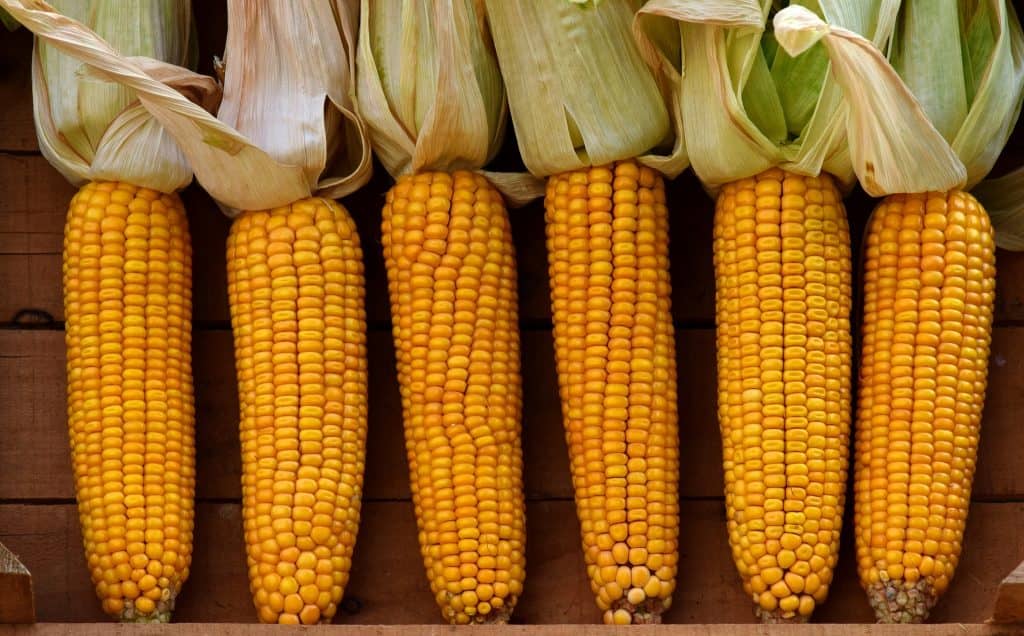Porto Alegre, February 2, 2023 – Record Brazilian exports, record chicken housing, the lowest carryover stocks since 2016, and losses in Rio Grande do Sul do not seem to be enough arguments yet for the domestic corn market to find a price balance. Space problems with a soybean crop with high productivity, the growers’ vision that soybeans will find highs in the middle of a record harvest, and also the idea that the dollar could surge at any moment keep growers selling corn and retaining or intending to retain the soybean harvest. Meanwhile, exports, almost consolidated by Secex, reached 48.1 mln tons, an exceptional volume that surpassed even the most optimistic expectations for 2022.
In 2022, still with preliminary data, Brazil must close with record corn demand for ethanol, record corn demand in the meat sector, closing the year with the housing of breeder chicks at 621 mln head, a record for December, and a pig industry that has not yet adjusted production to demand. This is the side of Brazilian domestic demand, which must close at nearly 77 mln tons. Even so, the meat sector complained about corn prices at the beginning of 2023, which would be the culprit for the sector’s results.
Well, this unprofessional and more mediatic attitude does not reveal that the country produced a record corn crop, with more than 120 mln tons in 2022, a surplus of more than 40 mln tons. Technically, the second semester saw low domestic prices for corn growers, which today are still below BRL 65 in Mato Grosso. The sector, once again, did not adopt strategic attitudes to build up stocks and/or compete with exporters and retain more corn in the Brazilian domestic market. In this way, the country arrives at the beginning of another business year with extremely low stocks, the lowest since 2016. At the same time, we do not see the media complaining about soymeal, which is approaching record prices, close to BRL 3,000/ton at the very arrival of a Brazilian record crop.
In addition to the expansion of domestic demand, Brazil presented a favorable scenario in the external environment for exports. Initially, the war in Ukraine raised wheat and corn prices in the international market, with supply risks in the Middle East and Europe. The world demand found in Brazil the supply to meet this gap. Then, an important drought in Europe with a severe corn crop failure. This factor drove European demand to Brazilian and Argentine corn and leveraged Brazilian sales. Finally, despite record production, the review of the sanitary agreement between Brazil and China, surprisingly, placed this importer more actively on the Brazilian export route. Brazil shipped nearly 1 mln tons to China in December and is waiting for January volumes.
Thus, initial export forecasts have exceeded all internal estimates, with a preliminary closing by Secex at 48.1 mln tons in the business year from February 2022 to January 2023. There is no doubt that the combination of global factors led Brazil to this result in 2022. For the 2023/24 cycle, this profile may no longer be present. Expectations of recovery of the planted area in the United States in this 2023 season, with the crop returning to normal in Europe and, possibly, with another good crop in China, maintain expectations of still good demand for Brazilian corn, albeit not so high. We must remember that world prices are still at very high levels, and regular crops are enough to rebalance these prices at lower levels. The question is still whether or not Ukraine will at least repeat the 2022 production in the midst of a war in 2023.
While all these results express the Brazilian capacity for growth in the corn segment, Brazilian growers seem very concerned about soybeans at this moment. First, to find space for a crop with high yields. Then, to create a psychological environment of bullish expectations for soybeans, be it out of the situation in Argentina or the expectations toward the exchange rate. Finally, the growers ignore the corn picture of low stocks and tight supply in the first half of the year. Even in Rio Grande do Sul, where there are strong production losses, growers are opting to withhold wheat and then soybeans further ahead, continuing with corn sales in this harvest. Thus, the market is still able to supply itself at affordable prices and without causing a tense and bullish environment.
Other markets, such as the Southeast, have also generated the same movement, still with a strong action from carriers in the sales of taxed corn and growers with corn from both the old and new seasons. However, the downsizing of the domestic market due to excess exports is evident, and the domestic market will have to depend on regional harvests to be supplied until July, when the first second-crop corn plantations begin to emerge.
The summer crop and the planting of the corn second crop are progressing in the main growing regions of Brazil. Meanwhile, later crops in Rio Grande do Sul and Santa Catarina are being helped by rains in recent days. The harvests will now gradually start in some locations due to the slow soybean harvest, and perhaps the corn harvest only starts in March in several locations due to logistics.
Follow the Safras Agency on our website. Also follow us on our Instagram and Twitter and stay on top of the main agribusiness news!
Copyright 2022 – Grupo CMA

